.
Embroidered patches are the easiest way to decorate, fix or simply make a garment unique and exclusive.
Usually, we use 2 types of base fabric for embroidery. One of them is the felt, which provides greater rigidity to the head. The second most common fabric is waterproof nylon canvas, which, due to its less rigidity and high resistance, makes it more adaptable to the garment.
We find two types of patches: embroidered patches for sewing and embroidered iron-on patches. Do you want to learn how to make homemade embroidered patches? Familiarize yourself with the online embroidery training, with which you can create designs and with which you will learn to make homemade embroidered patches.
Advantages of homemade embroidered patches
If we take into account that an embroidered patch lasts a lifetime (longer than the garment itself on which it has been placed), sew-on patches are the ideal option to place on garments made of synthetic fabrics or those that can easily deteriorate. The great advantage of the sew-on patch is that it can be removed and applied as many times as needed.
Actually, by knowing how to make homemade embroidered patches, you can create your own style and create original designs. In addition, you can learn about other aspects related to pattern-making and fashion but if you still struggle so you can visit Today Patches and they will help you.
What materials do I need to make homemade embroidery?
A design: if it is the first time that you are going to embroider, it is better to choose a figure that can be easy for you and that is not too large.
A frame: it is used to hold the fabric while we work, it keeps it taut and makes it easier for the stitches to be more uniform. You can find it in different sizes and materials in haberdashery. To start, choose a size that you feel comfortable with and that suits the design you are going to make. Wooden racks are recommended for their higher quality.
Threads: they can be cotton, silk, wool, or synthetic. Keep in mind that you are going to carry out laborious work, and good quality materials ensure its durability.
Fabric: any surface that has consistency, flexibility, and resistance can be used. For example, linen, cotton, batiste, and muslin. A tip: the felt fabric avoids fraying.
Needle: it usually has a fine point and a hole larger than those for sewing.
Carbon paper for fabric: If possible, yellow, since it stains less to transfer the drawing to the fabric. You can also use a fabric marker to design whatever you want.
Steps to make homemade embroidery
1. Cut the fabric
First, you will need to cut a square of fabric slightly larger than the diameter of the hoop. Then you can trace, draw or transfer your design onto the fabric. Here you can choose the most suitable option, if you are good at drawing, you will have an original design.
2. Place the fabric
Place the fabric on the hoop in such a way that the design is centered and the fabric is taut. Later, you must choose a color and thread the needle. If you want the thickest stitch, you should leave the strand of thread as it is and if you prefer it thinner, divide the strand in two. Take the thread and loop its end.
3. Embroider your patch
Start embroidering your patch by following the outline of the entire design with the chain stitch. To do this, you must: insert the needle behind the design forwards and pull out the entire thread. Nail it through the same hole again, leaving a small loop. Again, insert the needle from the back to the front following the line of the drawing leaving a small distance that will be the length of the stitch.
Insert the needle through the loop and stretch the thread to the left, you already have the first link. We repeat again, that is, we introduce the needle and vice versa. When there is little thread left, it is essential to give it several stitches on the back to secure the embroidery. The chain stitch is a decorative stitch, it can be used to make outlines, fills, and calligraphy.
4. Last touch
Once finished, remove the fabric from the hoop and, with the scissors, cut along the embroidered line, leaving a margin of a few millimeters.
Recommendations for making embroidered patches from home
There is an anti-fray sealant and various tricks to prevent fabrics from fraying.
You must keep the fabric as taut as possible throughout the entire process since in this way the stitches will be much better unified.
You must achieve that the lengths of the stitches are similar so that the result is homogeneous.
There is a great diversity of stitches, which can be used depending on the silhouette of the design or the texture that we want to give it.

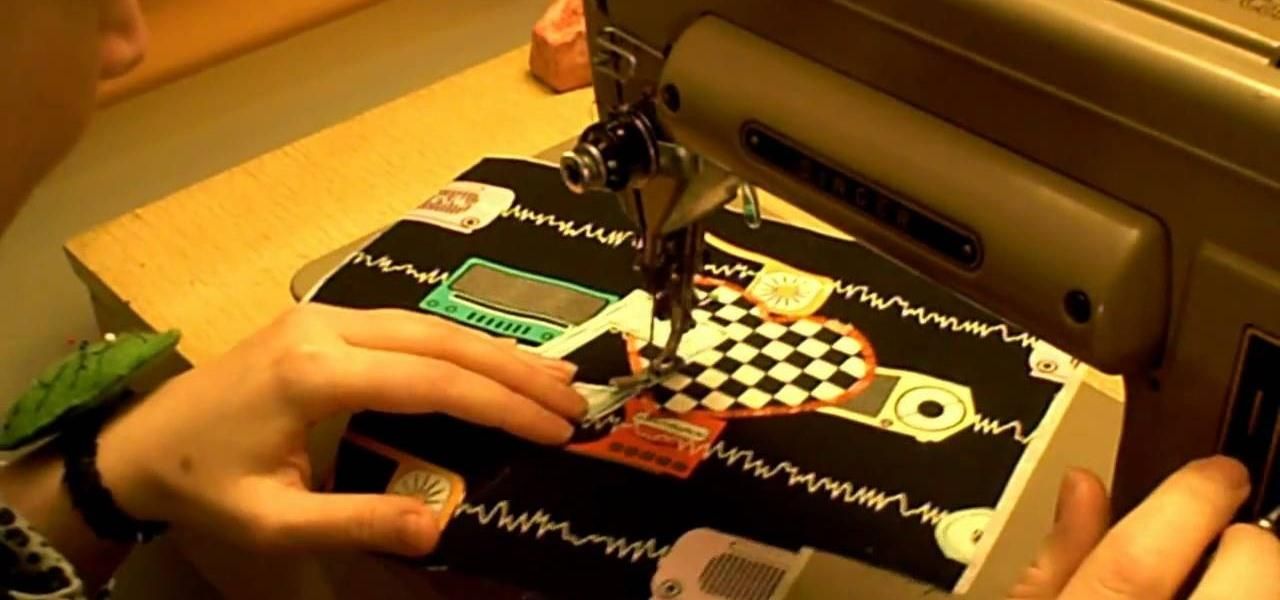
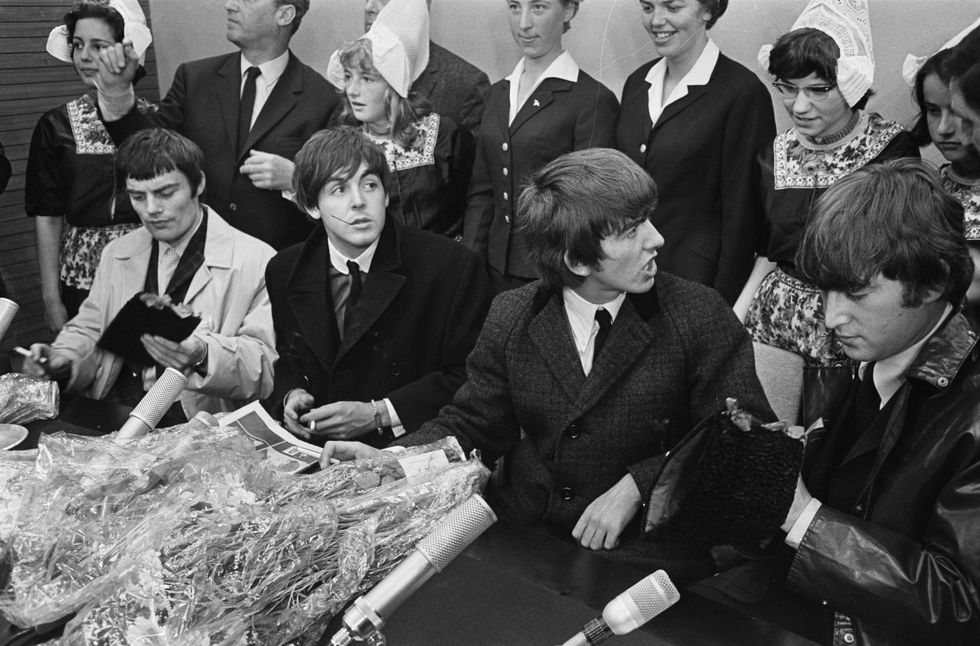
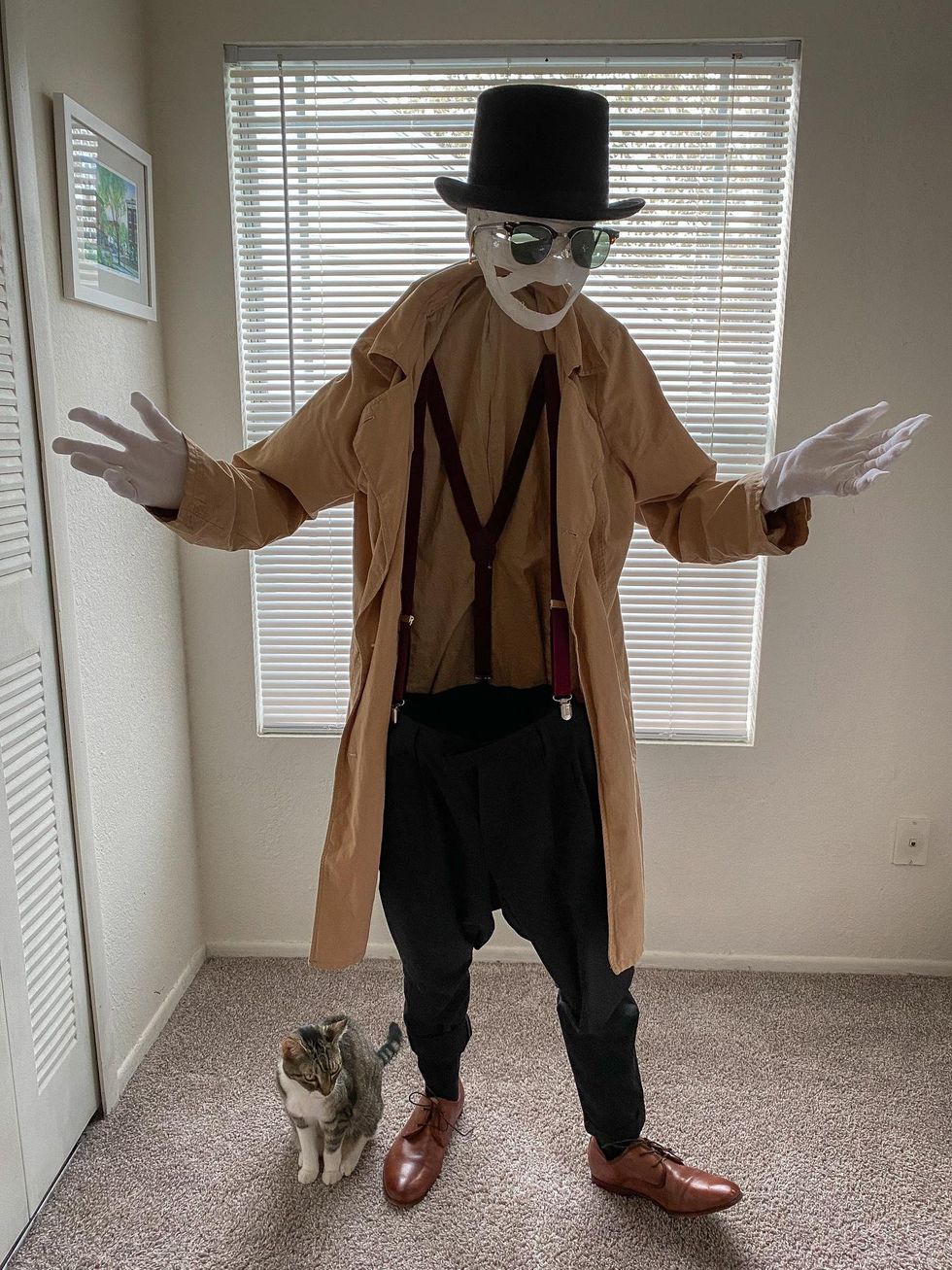

 Going to the cinema alone is good for your mental health, says science
Going to the cinema alone is good for your mental health, says science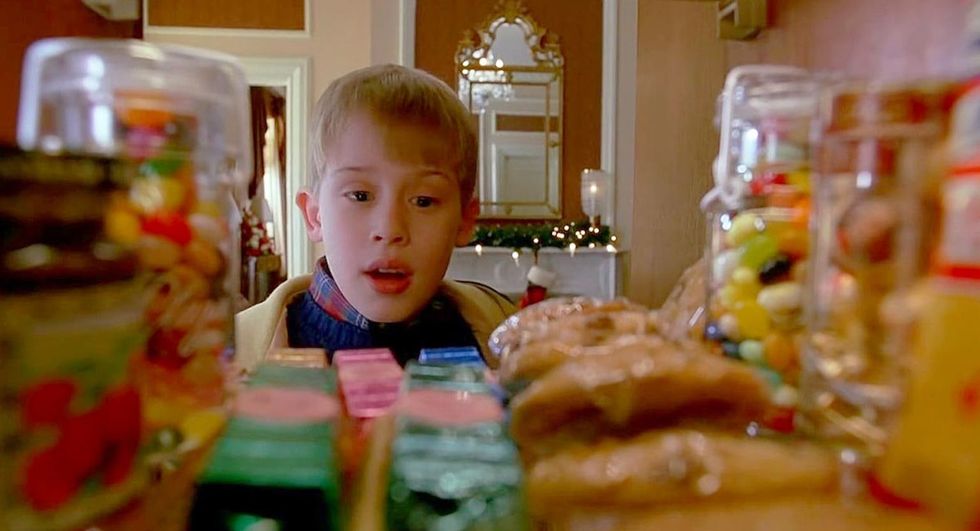


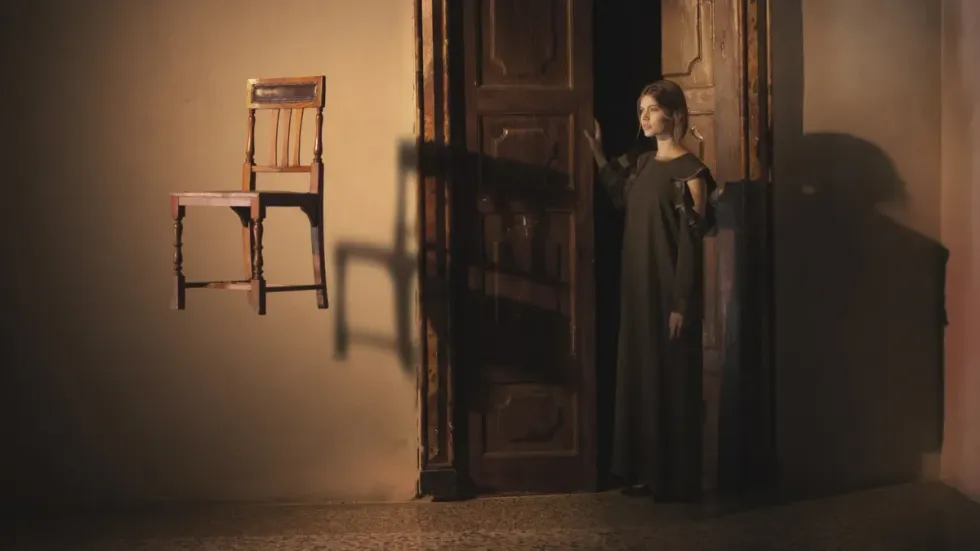
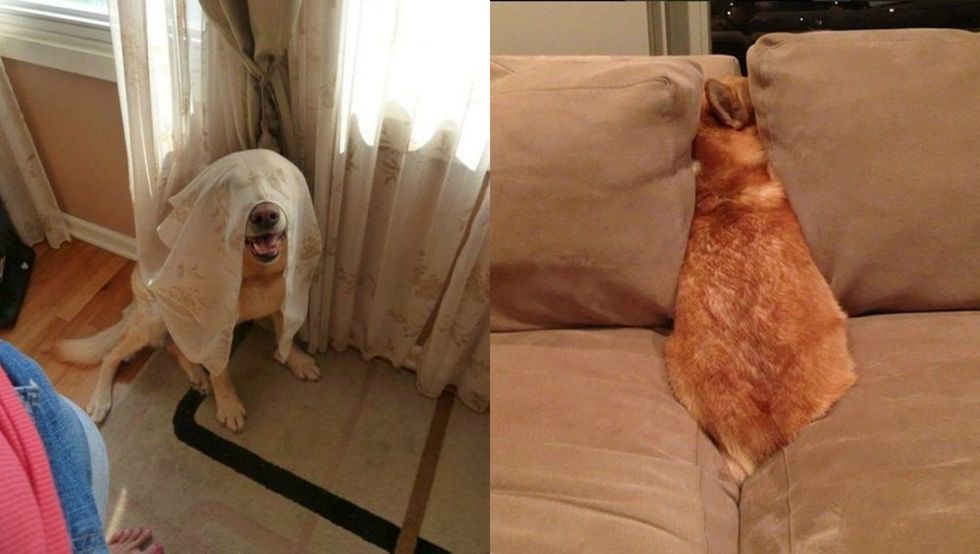




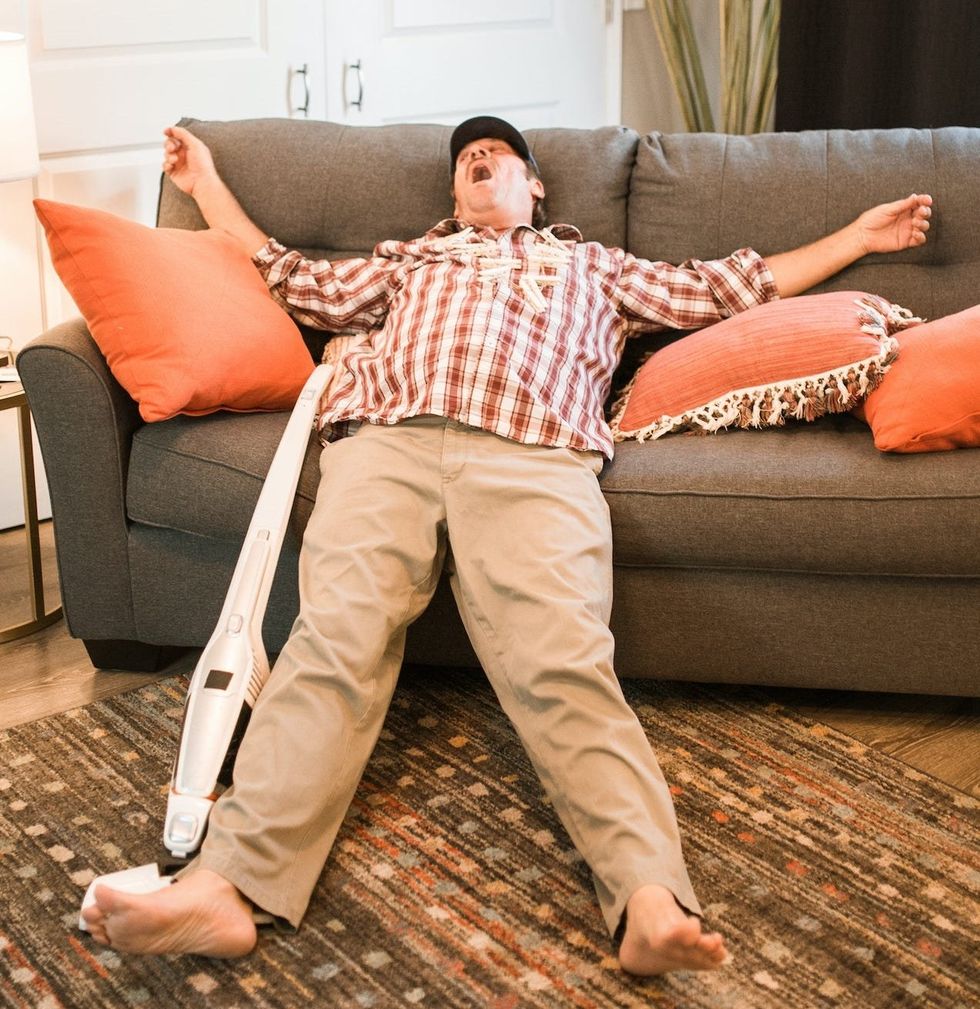
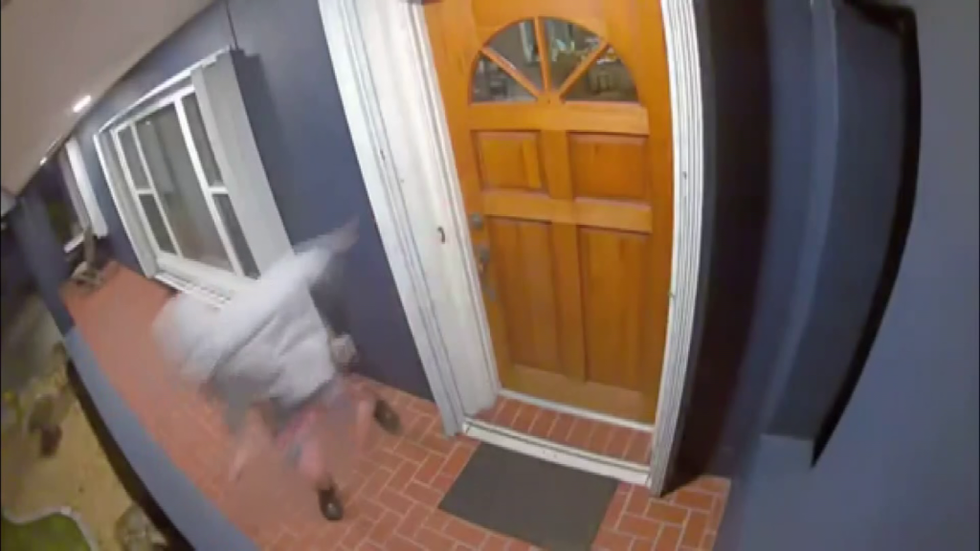
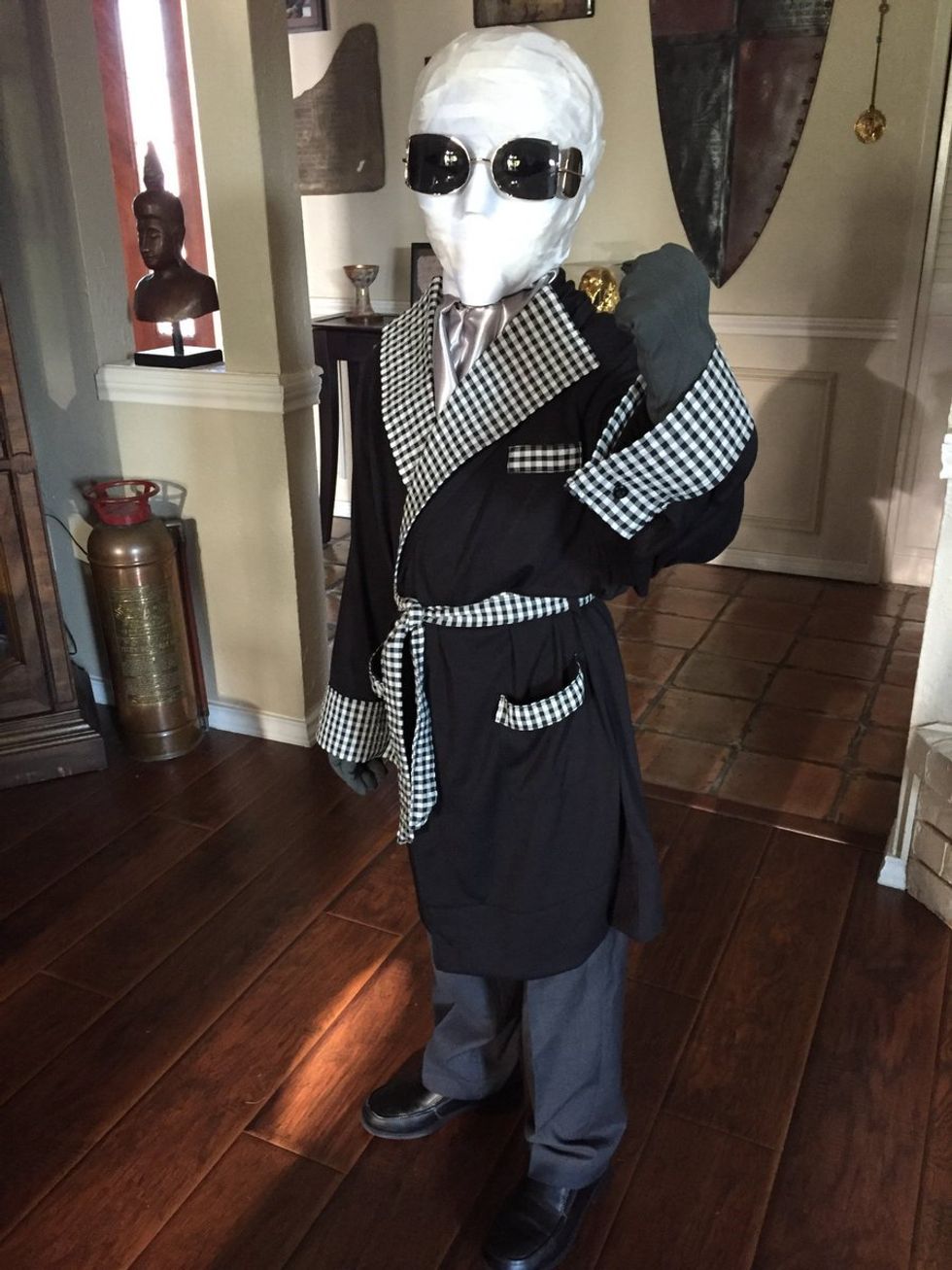

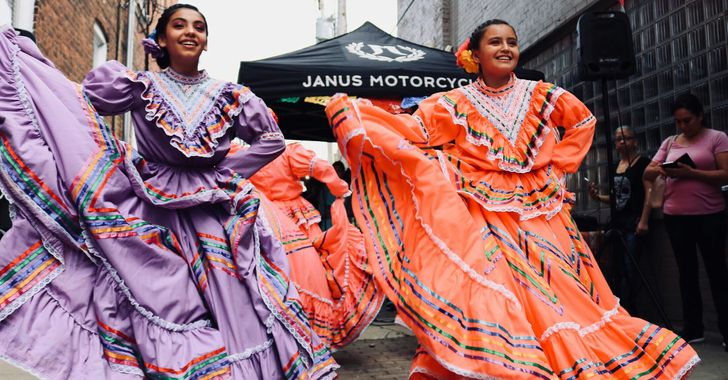 women in street dancing
Photo by
women in street dancing
Photo by  man and woman standing in front of louver door
Photo by
man and woman standing in front of louver door
Photo by 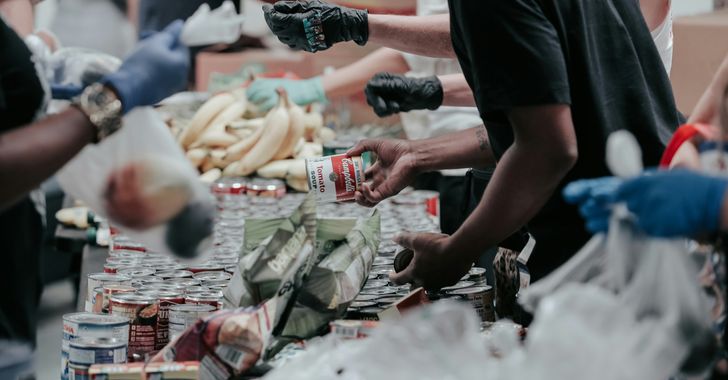 man in black t-shirt holding coca cola bottle
Photo by
man in black t-shirt holding coca cola bottle
Photo by 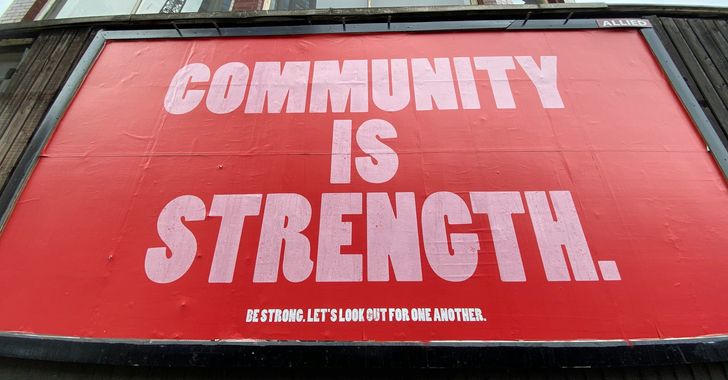 red and white coca cola signage
Photo by
red and white coca cola signage
Photo by  man holding luggage photo
Photo by
man holding luggage photo
Photo by  topless boy in blue denim jeans riding red bicycle during daytime
Photo by
topless boy in blue denim jeans riding red bicycle during daytime
Photo by  trust spelled with wooden letter blocks on a table
Photo by
trust spelled with wooden letter blocks on a table
Photo by 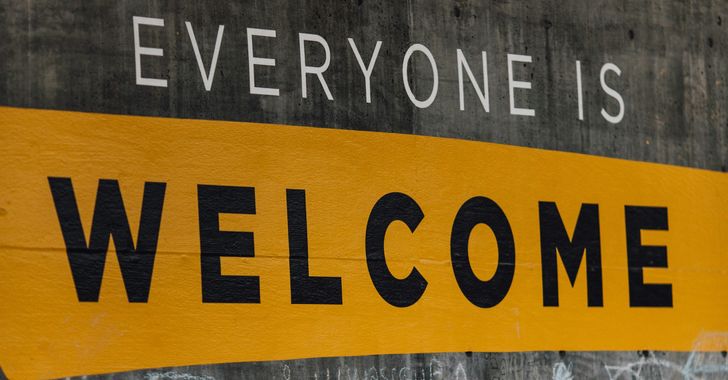 Everyone is Welcome signage
Photo by
Everyone is Welcome signage
Photo by  man with cap and background with red and pink wall l
Photo by
man with cap and background with red and pink wall l
Photo by  difficult roads lead to beautiful destinations desk decor
Photo by
difficult roads lead to beautiful destinations desk decor
Photo by  photography of woman pointing her finger near an man
Photo by
photography of woman pointing her finger near an man
Photo by  closeup photography of woman smiling
Photo by
closeup photography of woman smiling
Photo by  a man doing a trick on a skateboard
Photo by
a man doing a trick on a skateboard
Photo by  two men
two men  running man on bridge
Photo by
running man on bridge
Photo by 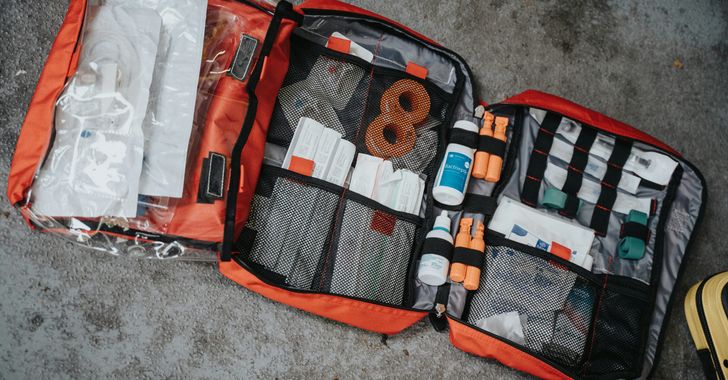 orange white and black bag
Photo by
orange white and black bag
Photo by  girl sitting on gray rocks
Photo by
girl sitting on gray rocks
Photo by  assorted-color painted wall with painting materials
Photo by
assorted-color painted wall with painting materials
Photo by  three women sitting on brown wooden bench
Photo by
three women sitting on brown wooden bench
Photo by 
 Photo by
Photo by 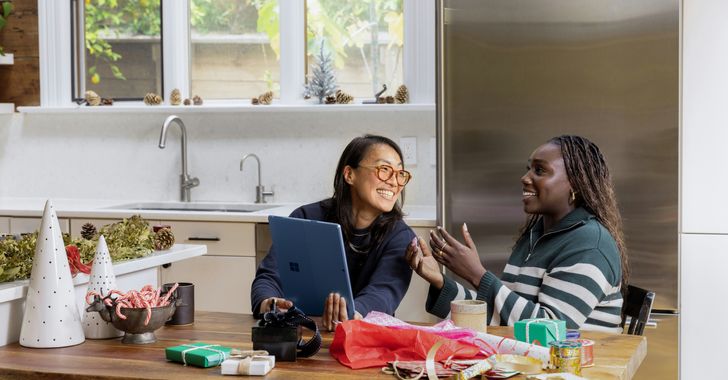 Photo by
Photo by  Photo by
Photo by  Photo by
Photo by 


 people sitting on chair in front of computer
people sitting on chair in front of computer











